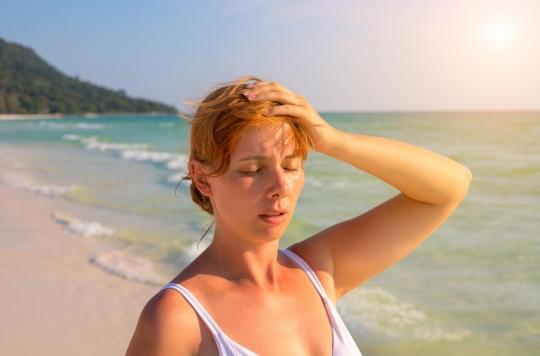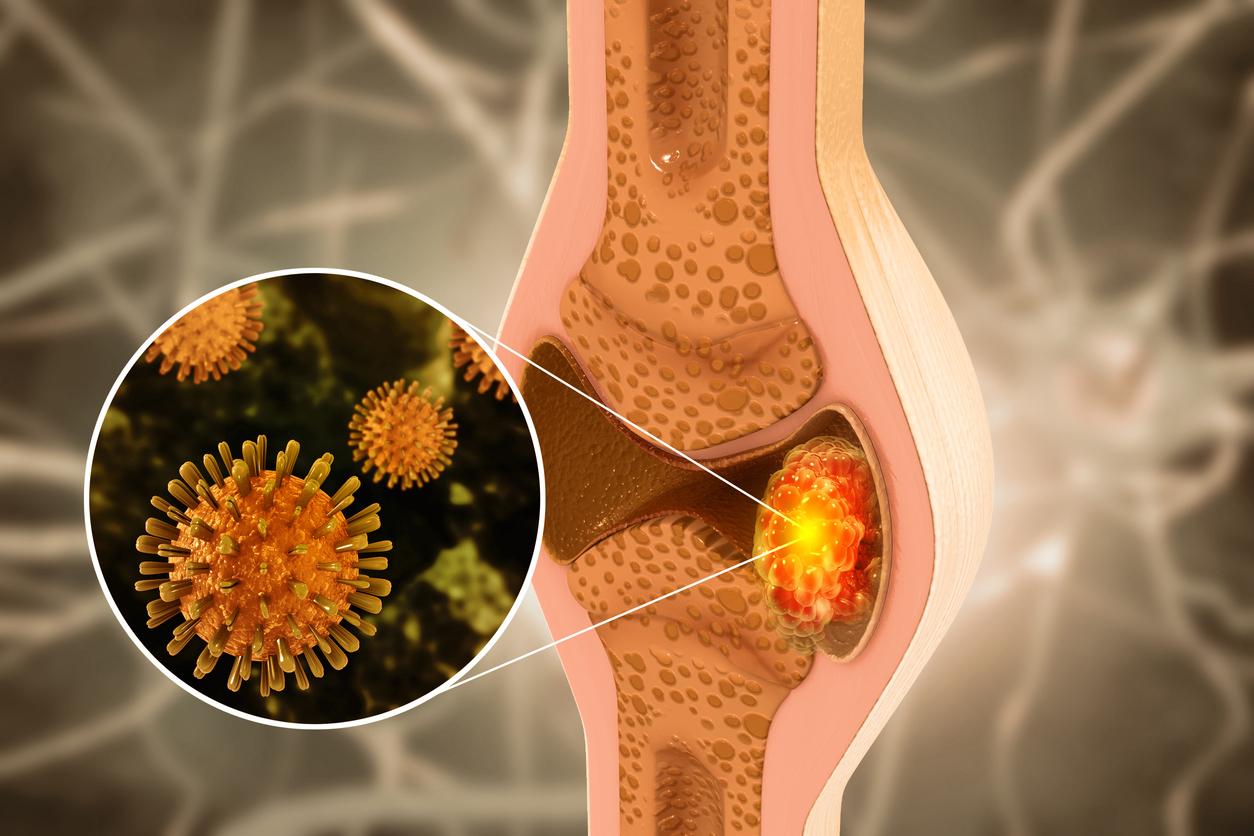At the beach, at the swimming pool or at the edge of lakes and rivers, too much exposure to the sun can lead to sunstroke.

- The body is equipped with mechanisms to control its internal temperature and maintain it constantly around 37°C.
- The hypothalamus plays an essential role in this regulation.
With this summer sun, insulation quickly arrived. To recognize and treat it, it is important to know the main symptoms, which can be the following: (conjugated or isolated):
– Headaches.
– Restlessness.
– Dizziness.
– Cramps.
– Nausea and vomiting.
– Hyperthermia.
– Chills.
– Tiredness.
– Hot and dry skin.
– A feeling of heat on the face.
– Redness on the face.
– Fever.
– Loss of consciousness.
What to do in case of sunstroke?
In the event of sunstroke, apply the following advice: place the victim in the shade; cool it down by sprinkling it with water, or by giving it a lukewarm shower or bath; mix the air in the room where the person is resting, with a fan or a mobile air conditioning system placed at a distance from them.
If symptoms persist, consult your doctor. Warning: if the person affected is a young child and has lost consciousness, call emergency medical assistance by dialing 15 or 112.
What is sunstroke?
Sunstroke is heat stroke to which sunburn is added. Heat stroke, also called malignant hyperthermia, is a malfunction of the body’s mechanisms to control temperature. It occurs following a long exposure to heat or in the event of prolonged efforts in a hot and/or humid environment.
.

















